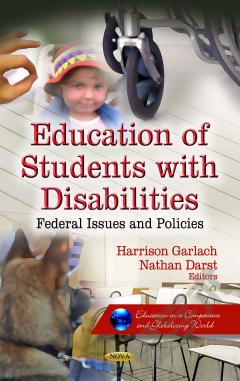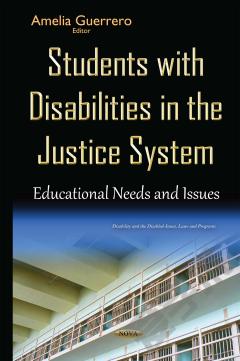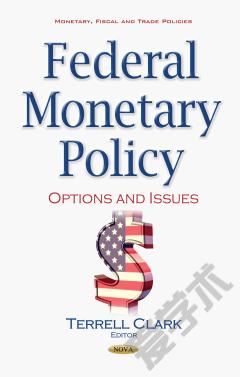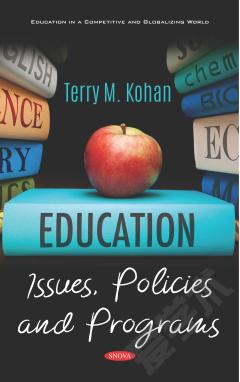Education of Students with Disabilities: Federal Issues and Policies
The largest sources of federal funding for elementary and secondary education are the Elementary and Secondary Act (ESEA), and the Individuals with Disabilities Education Act (IDEA). The ESEA provides funding and services for a broad population of students, including disadvantaged students, migrant students, neglected and delinquent students, and students with limited English proficiency. Approximately 6 million students with disabilities aged 6 through 21 attend elementary and secondary schools; however they are not afforded special services under the ESEA due to their disability status. Both the ESEA and IDEA aim to improve the educational outcomes for students with disabilities. The ways in which they do this sometimes differ, and when the laws are not fully or clearly aligned it can be difficult for educators to plan and execute an appropriate education for these students. This book highlights the federal issues and policies pertaining to the education of students with disabilities.
{{comment.content}}








 京公网安备 11010802027623号
京公网安备 11010802027623号